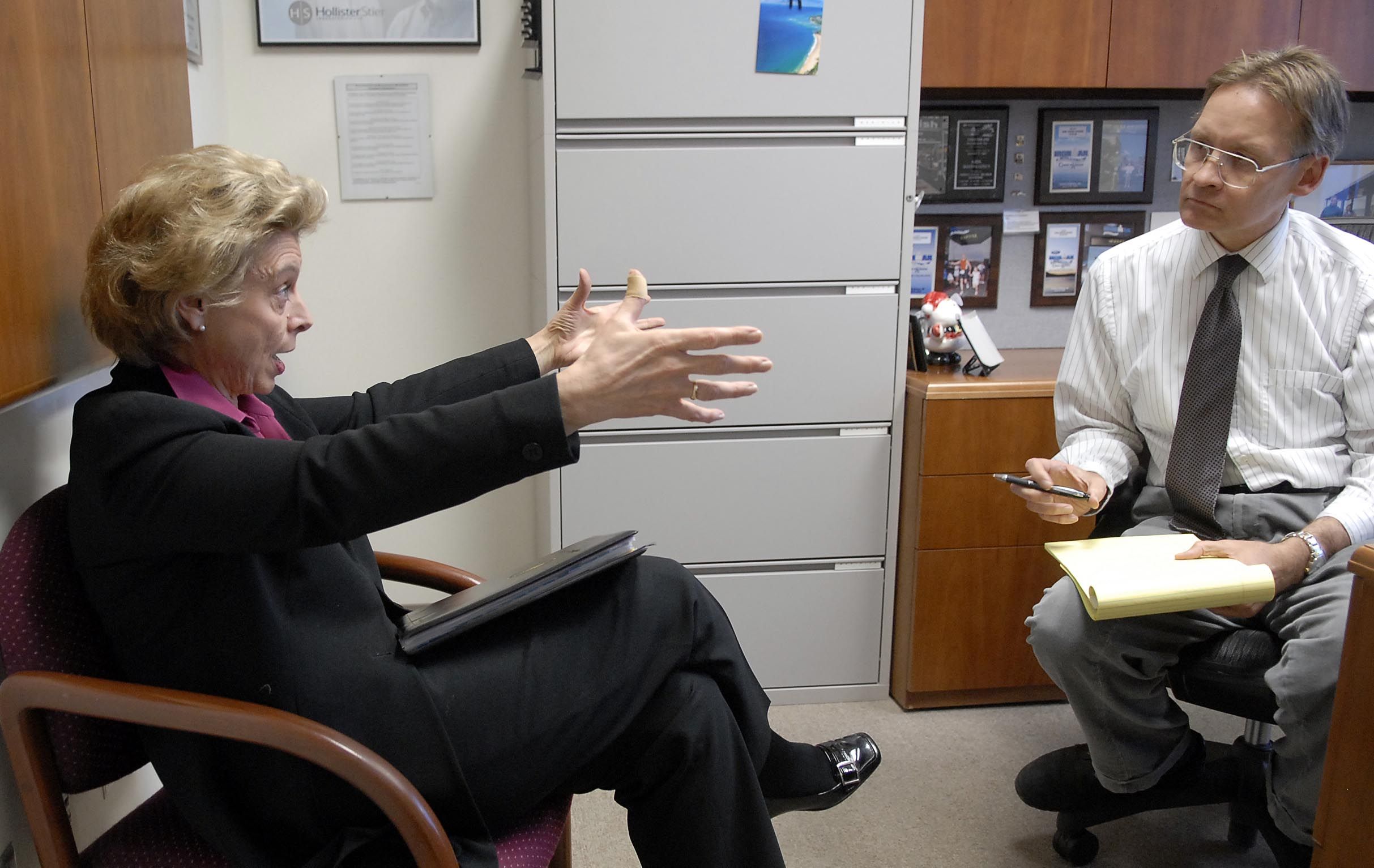Today’s fun video: Palin explains Paul Revere’s ride
Sarah Palin explains the importance of Paul Revere. Did she get it wrong?
She says no, she didn't.
So it might not be the version you learned in American History (or American Lit). But it's not as if Henry Wadsworth Longfellow got it completely right, either. For the ultimate source of what happened on that night in 1775, go inside the blog.
Courtesy of the History News Network:
Paul Revere's Ride: A Team Effort (posted 7-1-03)
Rod Paschall, writing for the historynet. (July 1, 2003):
According to Paul Revere’s account of his historic 1775 ride, warning the countryside of the approach of the British was more a team effort than is generally realized.
The enduring image of a lone Patriot nightrider rousing the countryside to arms has been burnished in American poems, books, and movies for two and a quarter centuries. The underlying message is always the same: A single brave man can make all the difference. In a letter written in 1798 to Massachusetts Historical Society founder Dr. Jeremy Belknap, Paul Revere described his actual adventures during his "Midnight Ride" of April 18-19, 1775.
His mission was to warn of danger to Patriots outside Boston, particularly to two leaders who were opposing the government -- Samuel Adams and John Hancock. Revere began his account by recalling suspicious activities of British forces in Boston during the week preceding April 18. His original letter to Belknap is the property of the Massachusetts Historical Society.
On Tuesday evening, the 18th, it was observed that a number of soldiers were marching towards the bottom of the Common. About 10 o’clock, Dr. Warren [Joseph Warren, one of the few Patriot leaders who had remained in Boston] sent in great haste for me and begged that I would immediately set off for Lexington, where Messrs. Hancock and Adams were, and acquaint them of the movement, and that it was thought they were the objects.
When I got to Dr. Warren’s house, I found he had sent an express [fast messenger] by land to Lexington -- a Mr. William Daws [Dawes]. The Sunday before, by desire of Dr. Warren, I had been to Lexington, to Messrs. Hancock and Adams, who were at the Rev. Mr. Clark’s. I returned at night through Charlestown; there I agreed with a Colonel Conant [provincial militia veteran William Conant] and some other gentlemen that if the British went out by water, we would show two lanthorns [lanterns] in the North Church steeple; and if by land, one, as a signal; for we were apprehensive it would be difficult to cross the Charles River or get over Boston Neck. I left Dr. Warren, called upon a friend and desired him to make the signals.
